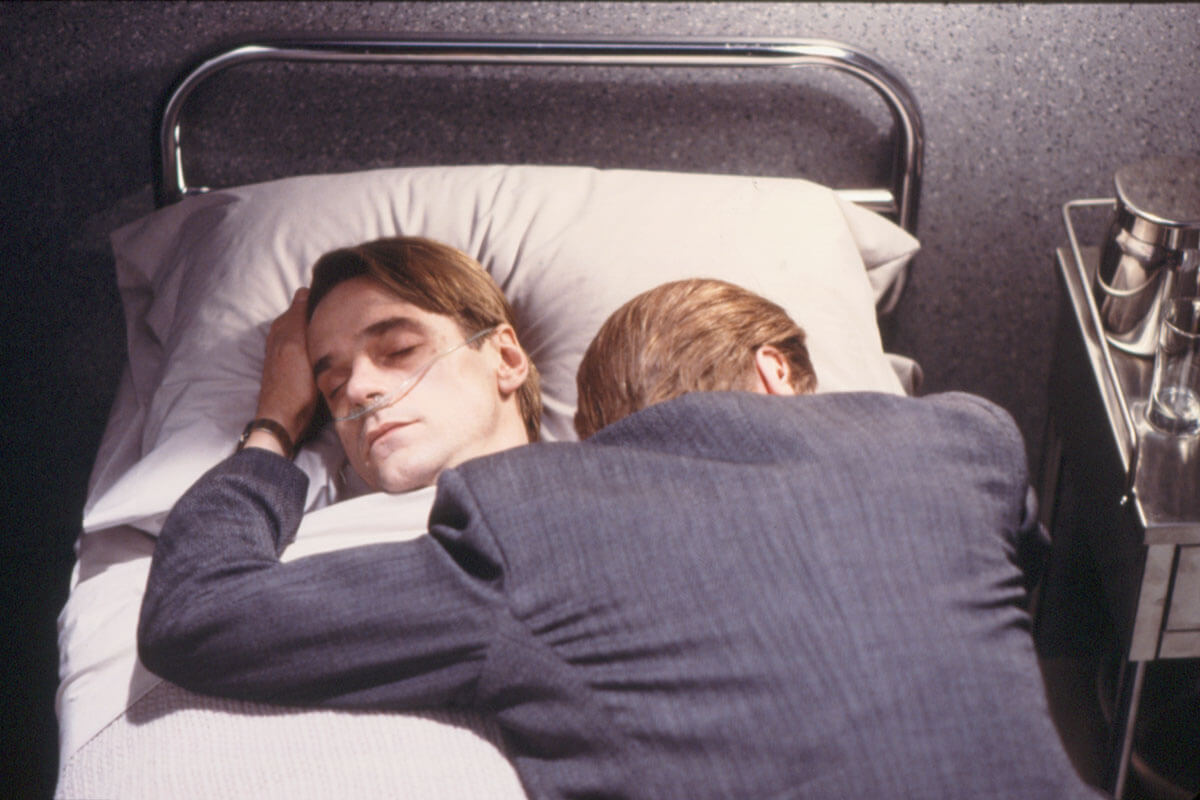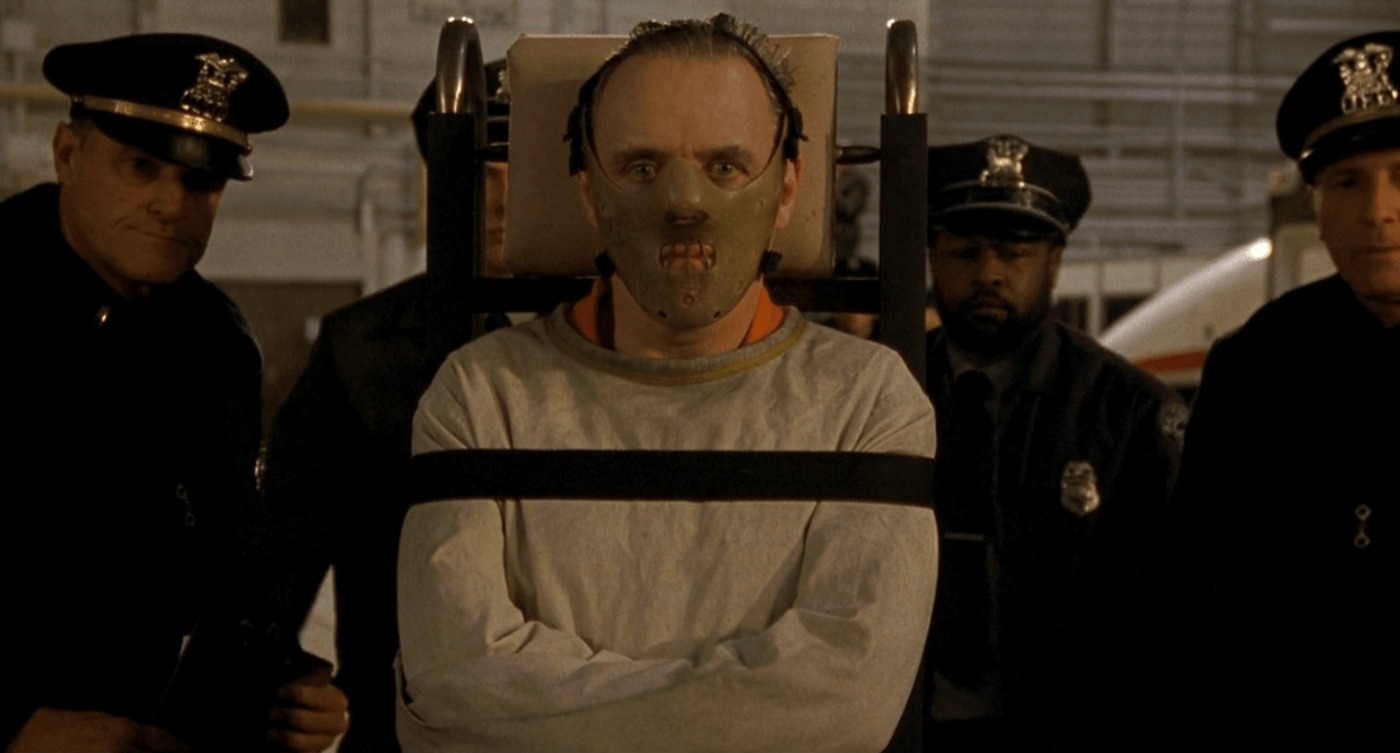The most memorable MOVIE MURDER SCENES

Kill, how easy it is to say. Certainly easier than writing a list about it. Killing is an everyday thing on screen. This is a topic for many publications and even film literature. And always with this type of selection some important scene will be missed. Creating a description of the most suggestive sequences, where one person takes the life of another or a third, aimed at creating an impression of horror and shock, often also moving, means a difficult choice. There is a certain simplification of the task: it does not say that the more brutal and gory the scene, the better the emotional result on the part of the viewer. One moment of murder can have more impact and meaning than mass murders in a typical slasher, gore movie or ordinary “stock” where the corpse is too dense and the mother’s head (sometimes literally) served on a plate. Much depends on the dramaturgy and climate, context, convention, meaning or justification of a given murder. The performance of the actors and the work of the director also play a significant role in building the effect. Sometimes such scenes can also have a negative impact on the viewer. Fascination with the crime shown may be born. After all, there have been cases of murder inspired by a film record, and the cinematic matter also draws from authentic killings. Below is a subjective list of the most interesting and memorable on-screen kills. In some descriptions, references were made to other scenes that could not be included in the general list due to their volume. The sequence of the scenes listed is random.
WARNING: MANY DETAILED SPOILERS!
Dead Ringers (1988)

The story of the obsessive community of two twin brothers was inspired by David Cronenberg not only with a literary novel, but also with facts. It’s about the case of the Marcus brothers, who were found dead and cuddled up together. The cause of death has not been fully clarified, but it has been hypothesized that the twins overdosed on drugs. In the idea of the Canadian, the Mantle brothers (Jeremy Irons) gradually lose each other, and the climax are the final scenes, where they decide to “separate” under the influence of intoxicants. I have to admit that this fragment is really poignant and causes a feeling of mental burden. It is closer to a psychological drama than a horror or thriller. It seems that the brothers are not fully aware of what they are doing. It is more like a dream or a figment of the imagination than reality. Beverly euthanizes Elliot with special medical tools. In the morning he realizes that it wasn’t a dream or an accident. He really killed his brother. Beverly tries to push her act out of her mind. He leaves the apartment to make a phone call to the woman who unwittingly led to the breakdown of both brothers’ bond. Beverly gives up the conversation and, devastated, returns to the apartment where his dead brother lies… What was the cause of such an ending? Cronenberg showed the disintegration of the twins’ personalities. Elliot and Beverly Mantle were connected like Siamese brothers, only in the psychic realm. They differed in character, but a separate existence in their case was completely out of the question. So when Beverly plunged into drug addiction, his brother tried to save him, which meant the collapse not only of his career, but also of his mental health. In the end, both of them, stuffed with narcotic drugs, decided to go on a “detox”. In other words, Elliot wanted to free his brother from himself so that he could stay with his love. So he let him kill himself in this peculiar, stifling, disturbing scene. Jeremy Irons showed his acting skills throughout the film, but especially at this point, subtly balancing the madness and differences in behavior between the brothers. David Cronenberg, on the other hand, proved not only his directorial maturity, but also the ability to analyze cases in a thorough, scientific and even clinical way, which did not seem so obvious in the film genre he represented.
The Silence of the Lambs (1991)

Top serial killer thrillers, you know. And surprisingly, there is also one direct murder scene in this film, as in, for example, Jonathan Demme’s worthy successor: Fincher’s Seven. Buffalo Bill kills women, but we don’t see the crimes themselves, only the victims’ bodies in photographs and autopsies. It’s about the spectator’s guesses, not putting coffee on the bench. Only the escape of Hannibal Lecter (Hopkins’ iconic role) from the confinement is preceded by the bloody murder of two guards. Lecter from the beginning of the film is presented as the personification of total evil, a cannibal killer with a brilliant mind. When he remains imprisoned, we learn about his crimes from stories and dialogues outlining his psychological profile. This is no ordinary psychopath. Lecter doesn’t even have to kill, because in this film he already has his own legend, it’s enough that we watch and listen to him, giving us faith in what he was capable of and what he could do next. On the other hand, he charms with his devilish erudition and insight. The scene in question follows a frank conversation with Clarice, who opens up to Lecter to give her one final tip about the Buffalo Bill investigation. The viewer loses his vigilance along with the guards, getting the wrong impression that if Dr. Lecter listens to classical music, sketches beautiful drawings, helps Agent Starling (whom he felt something for), it means that he has a lot of sensitivity. And he is not such a terrible devil as he is painted. The guards bring him food, forgetting about special precautions. The deceptively calm Hannibal breaks free, proving what he is capable of and what his nature really is. His astonishing escape costs the lives of two guards. After the crime, with his mouth stained with blood, he calms down with classical music. A special police team arrives to capture Lecter. They see one guard adorned and hung from the cell. second l He lives on the ground with his face flayed, but he shows signs of life. The pursuit team believes Lecter is hiding in the elevator shaft. Here comes an unusual twist, one of the best of its kind: in the ambulance it is revealed that the fugitive has disguised himself as a wounded guard. Hannibal Lecter proves that the opinions circulating all the time about his criminal genius are not made up. I think this scene can be compared to a situation in which we have a dangerous animal locked up behind bars, which makes a nice and harmless impression. The animal is calm, it looks nice, so what’s stopping you from feeding or even petting it? It doesn’t matter that there is a warning on the fence prohibiting such gestures. Disregard and lack of common sense can end up the same way as in the case of two guards who became “fodder” for the most famous on-screen killer.
The Shining (1980)

The maddened Jack Torrance (the excellent Jack Nicholson) managed to kill “only” one person in Kubrick’s work. There have been many murders in the haunted hotel, which is symbolized by ghosts and visions of a flood of blood. However, Kubrick rightly bet on the eerie suspense and shot only one moment in which we actually see the killing. Only one, but what! Dick Hallorann comes to the rescue of a family threatened by Jack. His arrival distracts the writer just in time before he murders his wife, Wendy. The cook enters the hotel, crosses the lobby, unaware that Torrance has hidden behind a column. At some point, the writer emerges and kills Hallorann with a strong ax blow. This scene can also be classified as a kind of so-called jump scare, and even one of the best in the history of cinema (which was described in the topic of the best jump scares), although since then many sequences of this type have appeared in horror movies. However, this part of the murder is not trivial for other reasons as well. Meanwhile, when Jack hits the cook with an axe, the writer’s hidden son, Danny, who, like Hallorann, can communicate by telepathy, screams. This reminds the viewer that the boy had the same vision before arriving at the hotel. His scream was shown when Danny saw blood cascading from the elevator. The boy’s scream is also information in the form of “shining” – Danny, despite being hidden in the kitchen cupboard, saw the death of the cook killed by his father. It is also worth mentioning the shot of Nicholson’s devilish smile, who heard his son’s scream after killing Hallorann. In the case of another director, another film, perhaps this scene would have been ordinary – just a madman stuck an ax into the body of the unfortunate, a little blood, a scream and that’s it. But here behind the camera was Stanley Kubrick, known for his persistent pursuit of perfection in almost every bit. And this is clearly visible even after the passage of time. In Stephen King’s novel, Dick Hallorann escapes with his life, but I can’t imagine that one of the best horror movies of all time could not lack a single, expressive murder scene.

